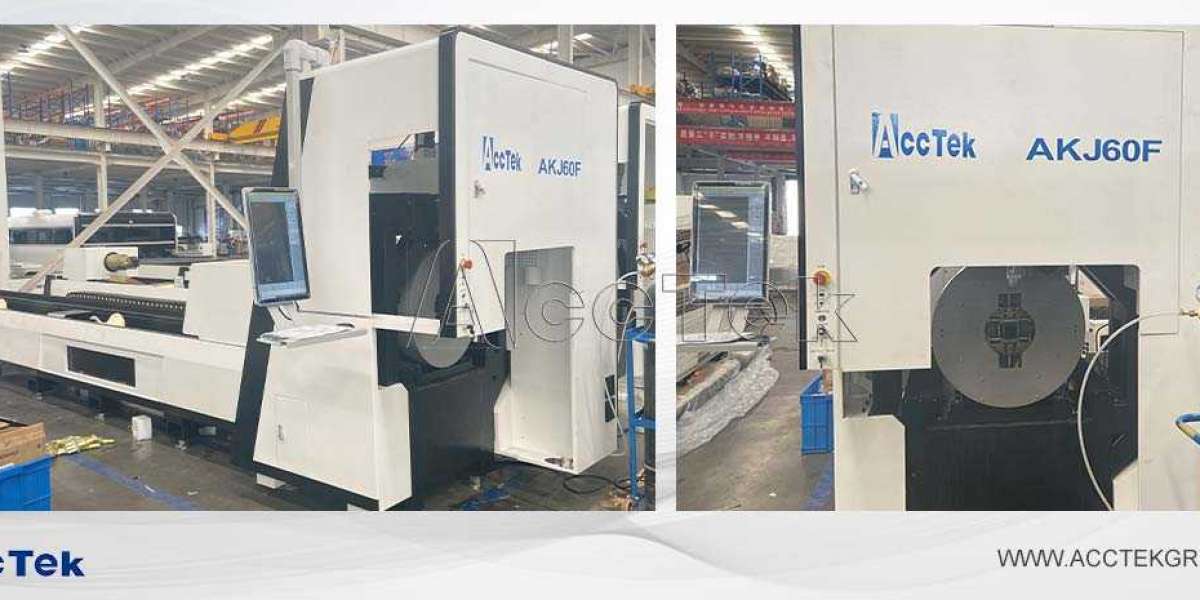- No consumables and environmental protection
Since this cleaning method only uses a laser beam to evaporate the layer to be removed, there are few consumables. This is the beauty of lasers, which can be used with only one power plug. It is important that the laser does not use chemical products or solvents. This makes laser surface cleaning one of the safe solutions for rust removal and coating removal. Not only is there no chemical waste to be disposed of, but employees are completely safe when working near laser cleaners that meet international laser safety standards. Employees do not need personal protective equipment and do not have to deal with those annoying chemicals. That is, since laser cleaning will evaporate the material into smoke, you should install a smoke exhaust system near the laser to ensure that no paint, oil or dust particles are released into the air.
- Laser cleaning is very important for various industrial applications
Remove the burning rubber residues in the tire mold; Revitalize the old pipeline; Clean the nuclear power plant pipeline; Even larger projects, such as removing paint from rusty bridges and preparing welding surfaces, can benefit from industrial laser cleaning. This non-contact cleaning technology can be used in countless industrial applications. The only limitation is the ability to distinguish between materials to be removed and materials to be protected. At present, common laser cleaning applications include: welding pretreatment to remove rust and other contaminants in the welding area; Post welding treatment to remove aluminum and stainless steel oxides; Laser surface treatment, greatly improving paint adhesion; The oxides in special alloy ingots were removed by laser; Remove the coating immediately after the coating process to replace the mask of parts in the production line; Paint the parts scrapped due to paint defects.



